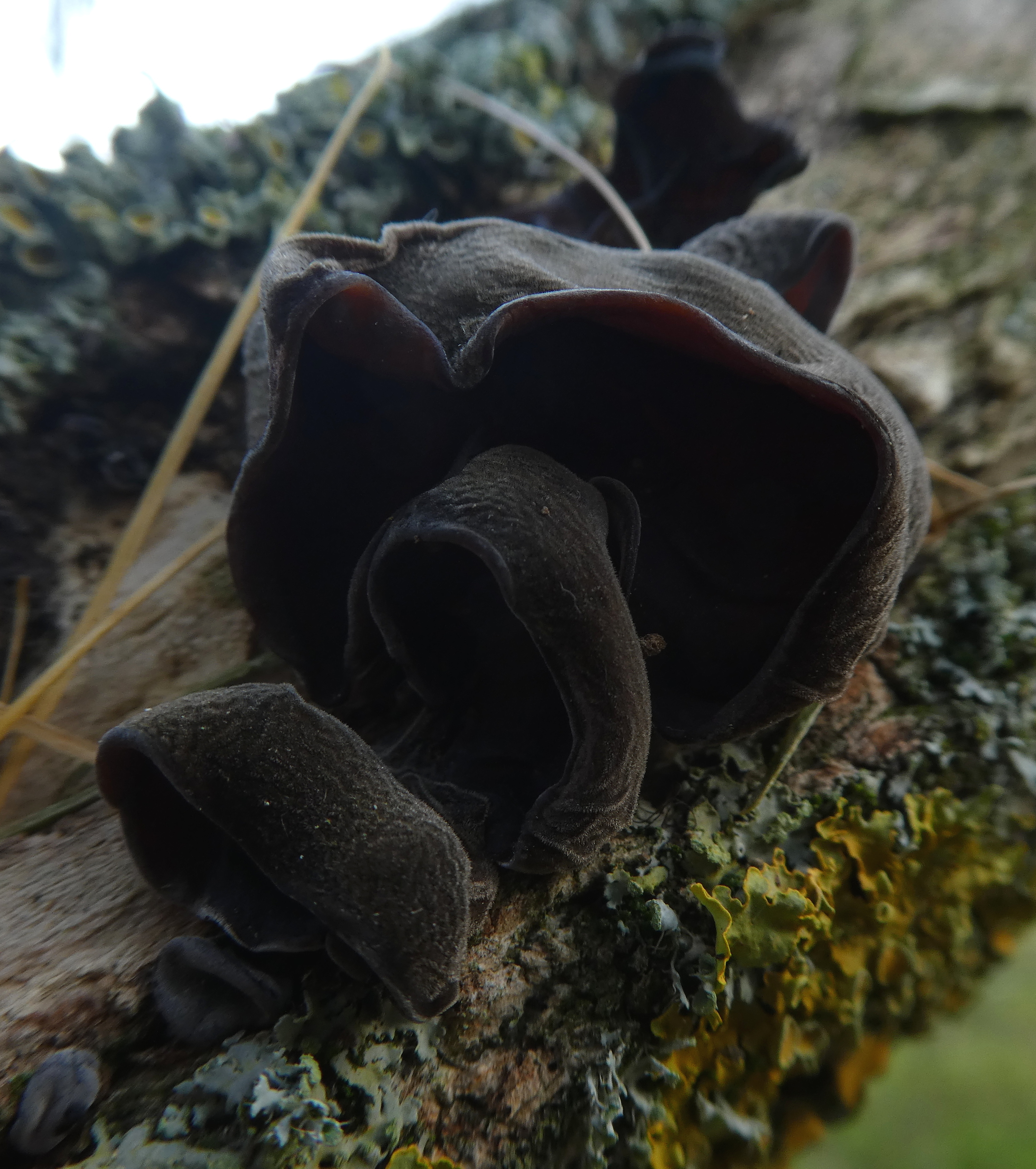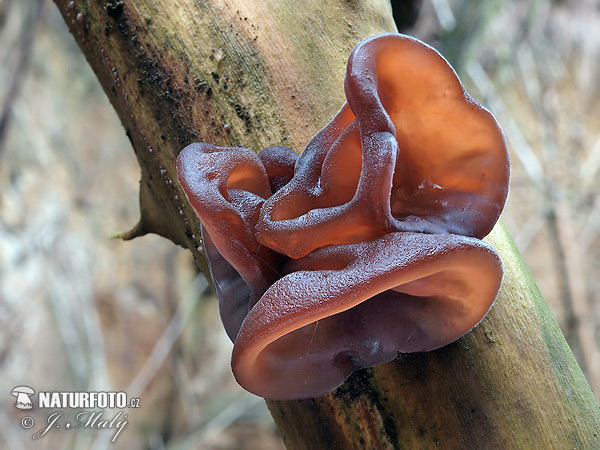

Hakeke or NZ wood ear mushrooms (Auricularia novozealandica formerly known as Auricularia cornea) are a unique mushroom which have been eaten as a food in New Zealand for hundreds of years. Learn about the relationships to other organisms, the reproduction and life cycle, and so much more!

Please keep reading the other pages to learn about the many aspects of this mushroom. Anti-cancer research is one that is conducted on this mushroom just like with the sea cucumber. The best part of this mushroom is that it is edible and has comfounds within its cell wall that have been researched to find medicinal contributions.

When it gets older, the color tends to be more black. Aside from that, it has a red-brown color which varies depending on the age of the mushroom. It has a jelly-like texture, and it is soft to the touch when fresh but hard when it is dry. To begin with, the most striking feature is the ear shape it possesses. This mushroom is one that is very distinct from most others that I have seen. polytricha) is called Mu-Err (Chinese 木耳, pinyin mù’ěr – “wood ear, tree ear”), Black Fungus, elder fungus or sponge, ear lobe fungus, or cloud ear fungus (雲耳 / 云耳, yún’ěr – “cloud ear”), which is used in many dishes of Asian cuisine and especially Chinese cuisine. A similar species with an East Asian distribution (A. sambucina, Hirneola auricula-judae) is a fungus with almost worldwide distribution. Judas ear (Auricularia auricula-judae, Syn.: A.


 0 kommentar(er)
0 kommentar(er)
